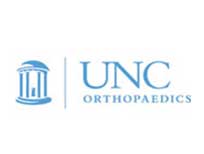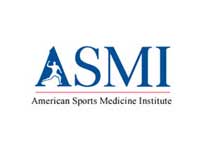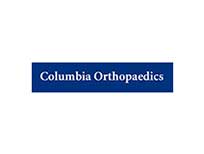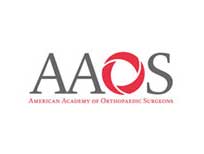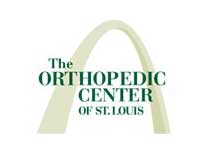Labrum Injury Treatment
The labrum is a cartilage ring that sits within your shoulder socket, anchoring your shoulder and arm plays. It plays an essential role in the overall functionality and stability of the shoulder joint, allowing you to move freely and without pain. Any damage to the labrum can significantly reduce the range of motion and discomfort, which is why proper treatment is pivotal.
Timely intervention and treatment can prevent these complications and restore your shoulder’s health. At Mark Miller, MD’s practice, we use our expertise to provide personalized care to help patients regain mobility and return to normal activities pain-free. To see our frequently asked questions about Labrum injuries, visit our Labrum Tears resource page.
Causes of Labral Tears
Labral tears frequently stem from repetitive shoulder movements, commonly seen in baseball and volleyball. These activities involve abrupt and forceful motions, making them prime contributors to labral tears. Also, athletes who engage in repetitive overhead actions are more susceptible to developing labrum injuries.
Traction injuries can also result in labral tears. These injuries happen when a forceful push or pull stretches the joint, potentially damaging the labrum. Being mindful of these injuries is crucial, especially during physical activities with high-tension movements.
Heavy lifting is another common cause of labral tears. Lifting objects beyond an individual’s strength capacity can place undue stress on the shoulder and lead to a labrum injury.
Symptoms of Shoulder Labral Tears
Symptoms of shoulder labral tears can significantly hamper your daily routines and activities. Pain in the front of the shoulder is a standard indicator of a labral tear. If you feel uncomfortable during specific movements or actions, it may indicate damage to your labrum.
Another symptom of a labral tear is joint catching. Patients often describe this as a ‘catching’ or ‘locking’ sensation in the shoulder joint. You may also experience a grinding noise or feeling, especially when you move the shoulder in specific ways.
If you are experiencing any of these symptoms, please reach out to schedule an appointment with Mark Miller, MD.
Schedule An Appointment

